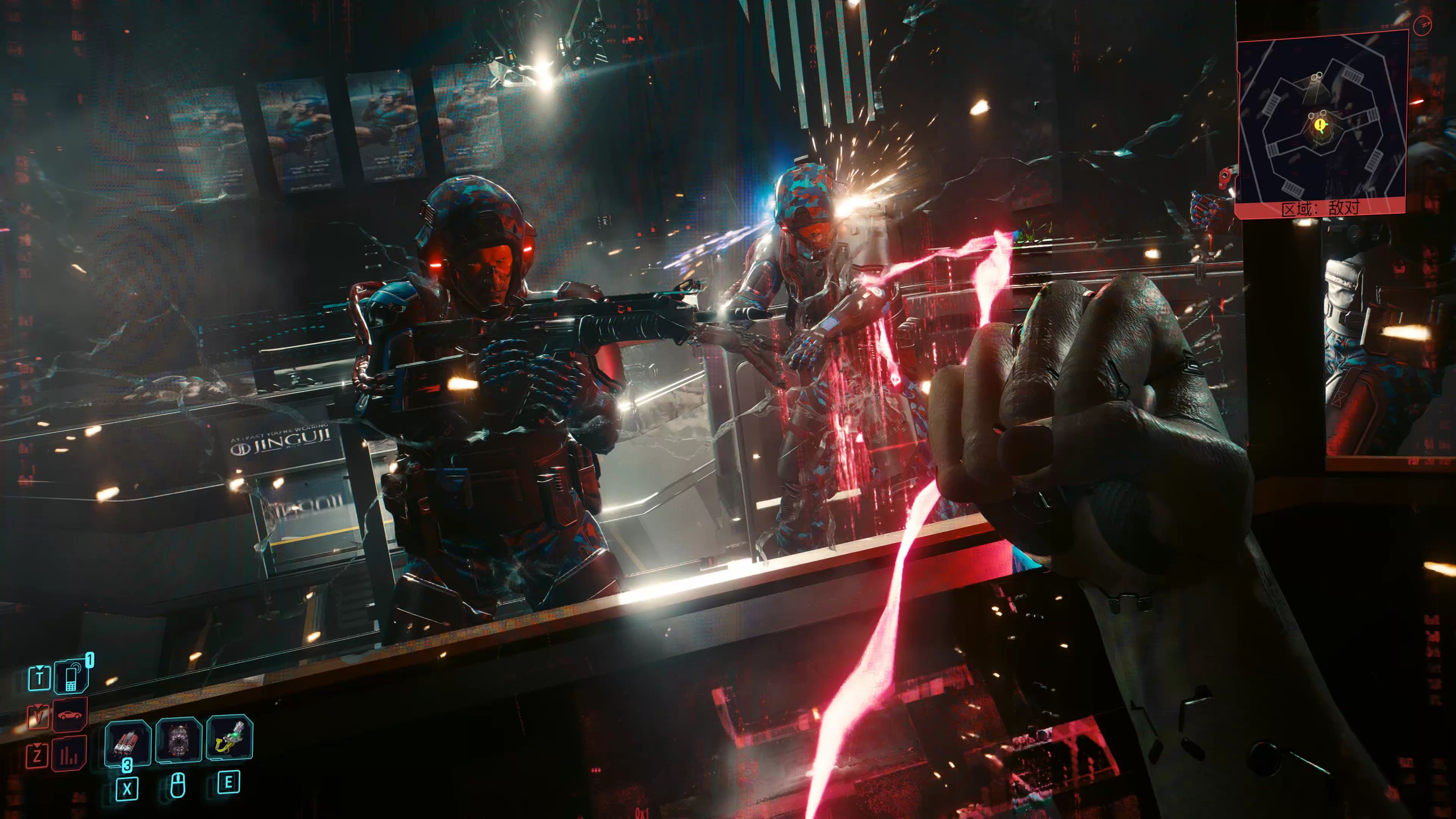The twilight realm of Alfheim has always been a land of stark contradictions in the God of War series—a place of ethereal beauty poisoned by a fierce, schismatic conflict. In God of War Ragnarök, this duality is masterfully encapsulated not just in its lore, but in its very gameplay, most notably through the reimagined Dark Elves and their maddeningly brilliant defensive mechanic: the Light and Dark Barrier. This environmental puzzle is far more than a simple roadblock; it is a narrative-driven, combat-synergistic challenge that perfectly embodies the game’s core themes of perspective, duality, and necessary collaboration.
Upon returning to Alfheim, Kratos and Atreus find the realm in a state of escalated turmoil. The Dark Elves, now under the leadership of the formidable and resentful Master Elf, have fortified their positions not with crude stone and mortar, but with a sophisticated magic born from the realm’s two fundamental forces: the radiant Light of Alfheim and the shroud-like Darkness. The barriers they construct are physical manifestations of the realm’s ideological war. A shimmering, golden-hued wall of light might block a path, while a few feet away, a pulsating, violet sphere of pure darkness could seal another. Conventional strength, even that of a god, is useless against them. This immediately signals to the player that a new kind of thinking is required.
The solution, and the genius of the puzzle, lies in the tools the game provides: the Leviathan Axe and the Blades of Chaos, now empowered by the companion abilities of Atreus and Freya. The Axe, imbued with frost, is a perfect conduit for the Light energy found in the Hafgufa cores or scattered crystals. Throwing the Axe at a Light crystal charges it with radiant energy. A subsequent throw at a Dark barrier will see the Axe’s light energy violently disrupt the dark magic, shattering the obstruction. Conversely, the Blades of Chaos, wreathed in primordial fire, are ideal for harnessing Dark energy. Searing a Dark crystal with the Blades allows Kratos to whip the chains and launch a projectile of concentrated darkness to obliterate a barrier of light.

This simple yet profound mechanic elevates the puzzle from a mere lock-and-key exercise to a dynamic test of spatial awareness and tactical switching. The player must constantly assess their environment: identifying the type of barrier, locating the correct opposing energy source, and often navigating a combat space under duress to line up the correct shot. It is a puzzle that is actively engaged with, often in the heat of battle, rather than one solved in a sterile, isolated room.
Furthermore, the Dark Elf Barrier puzzle is deeply intertwined with both narrative and combat, refusing to exist as a separate entity. The barriers are frequently deployed mid-fight by Dark Elf soldiers, particularly the elite units. A Dark Elf Sanctifier might summon a dark dome to shield itself, forcing the player to immediately disengage, find a light source, and break the shield before the enemy’s health begins to regenerate. This seamlessly blends puzzle-solving with the adrenaline of combat, creating moments of frantic priority management. Do you clear the smaller enemies first, or focus immediately on breaking the barrier before the shielded elite becomes an unstoppable threat?
This mechanic also reinforces the central relationship of the game. While Kratos wields the weapons, it is often Atreus or Freya who provide crucial support, highlighting their growth as partners. Atreus’s Sonic Arrows can be used to shatter certain resonant crystals from a distance, exposing the energy source Kratos needs. Freya’s mystical knowledge of the realms often provides the verbal cue, the hint that pushes the solution forward. The puzzle isn’t solved by the strength of a god alone, but by the combined wits and skills of a team, mirroring the game’s overarching message that Ragnarök cannot be faced alone.
On a symbolic level, the barrier mechanic is a perfect microcosm of Alfheim’s conflict. The Light and Dark Elves are so consumed by their belief in the supremacy of their respective energies that they use them as literal walls against each other. Kratos and his companions, as outsiders, see the truth that neither is superior; they are two halves of a whole, and each is the key to undoing the other. By using the realm’s own opposing forces to break its deadlocks, they are effectively demonstrating the path to resolution that the Elves themselves are too blind to see. They are not taking a side; they are mastering the balance.
In conclusion, the Dark Elf Barriers of Alfheim in God of War Ragnarök stand as a pinnacle of modern game design. They are environmentally immersive, narratively resonant, and mechanically sophisticated. They refuse to be a passive obstacle, instead demanding active participation and strategic thinking that is woven directly into the fabric of combat and story. They transform the battlefield into a chessboard of elemental forces and prove that in the Nine Realms, the sharpest mind, and the willingness to see another perspective, are often more powerful than the sharpest axe.














